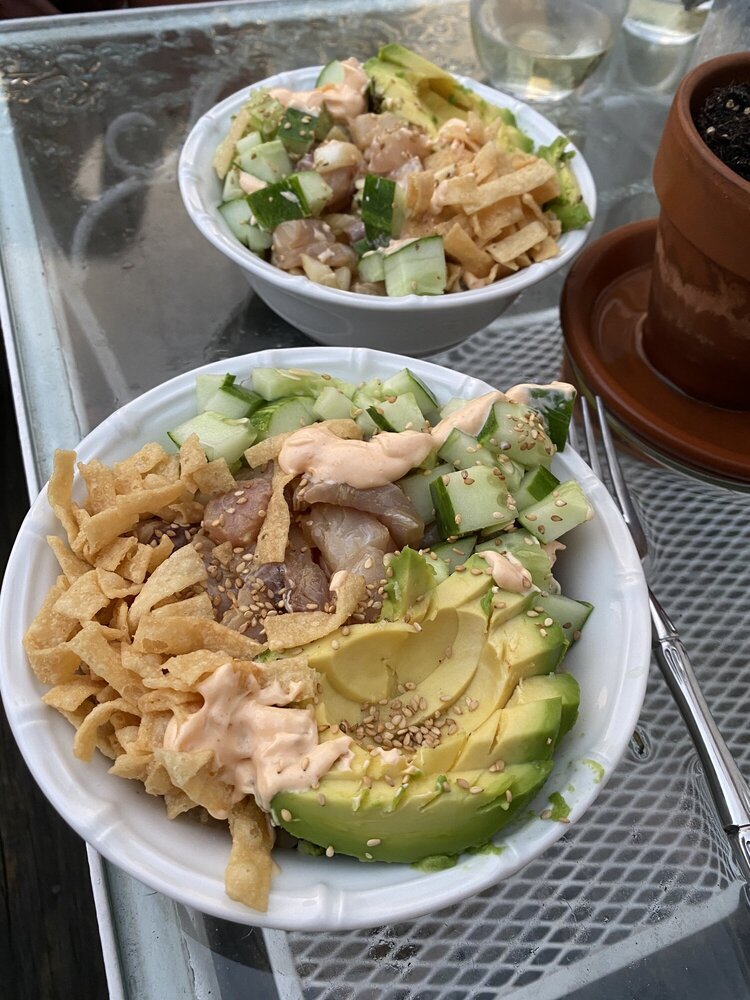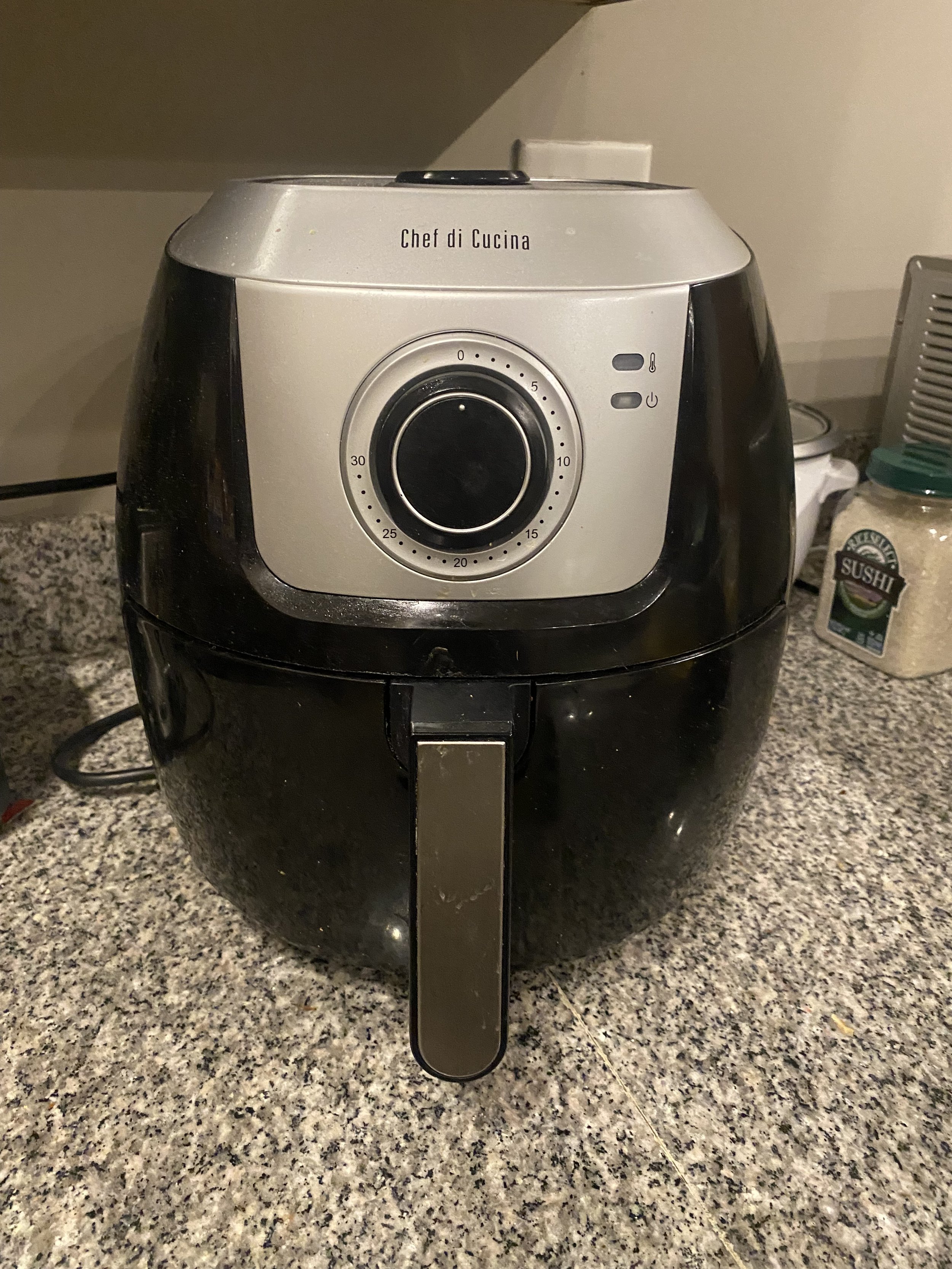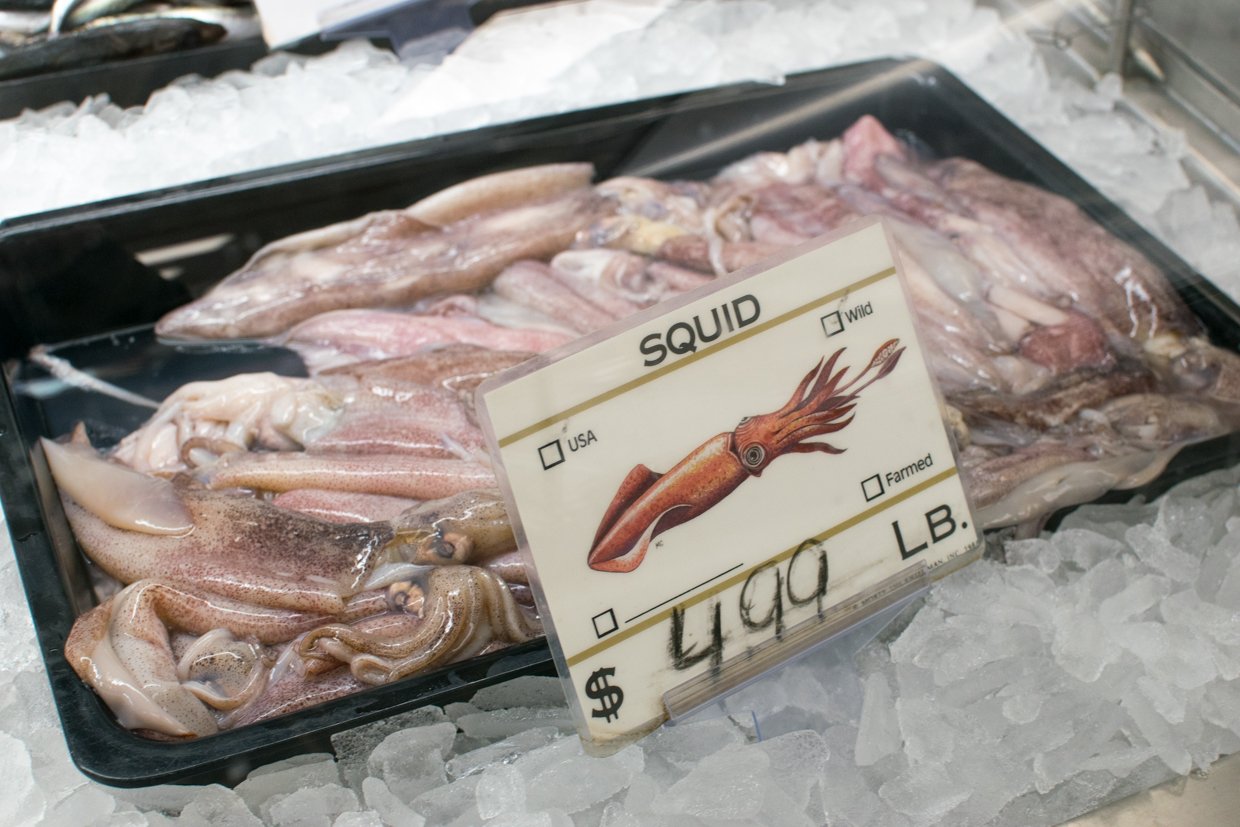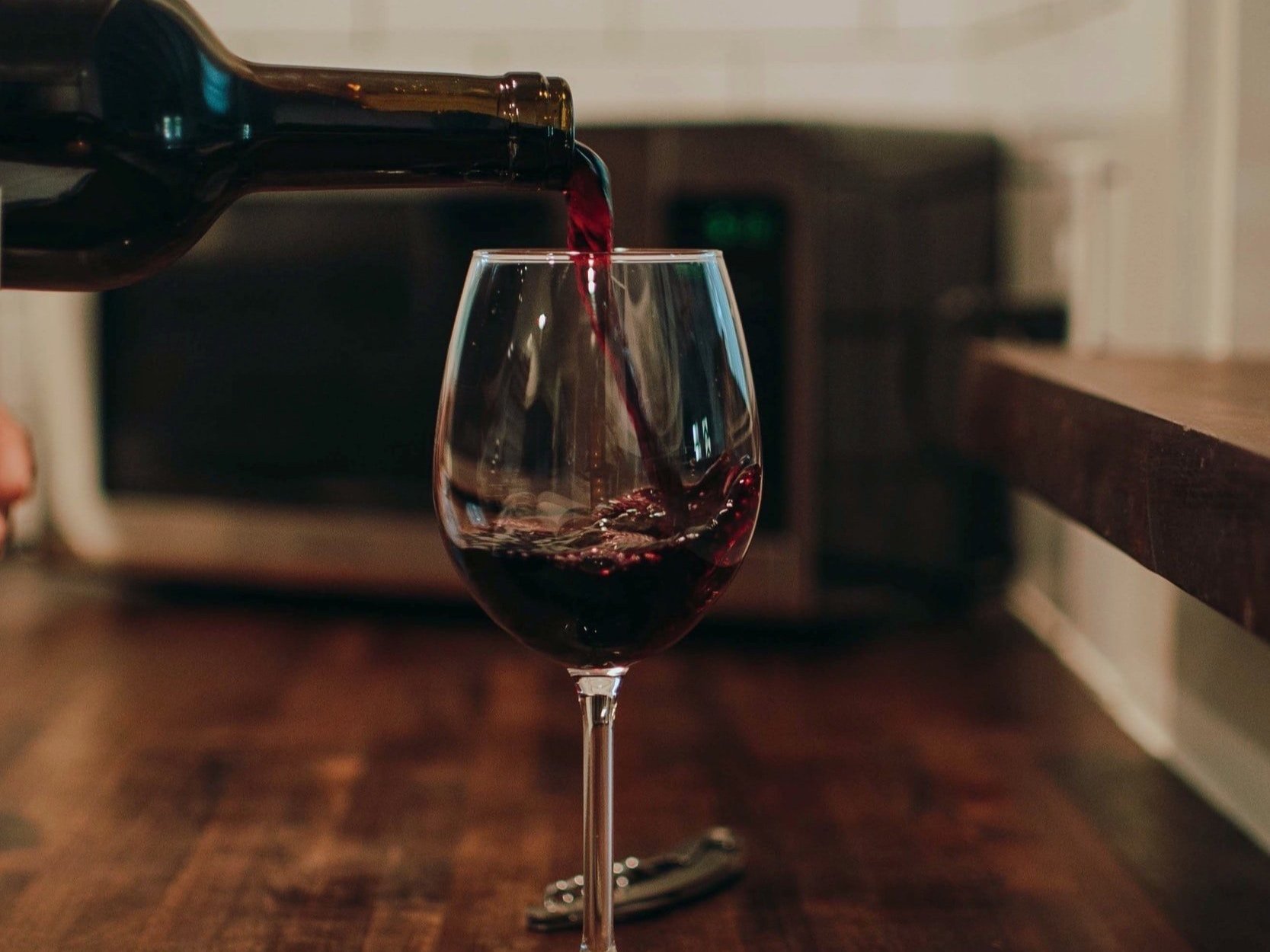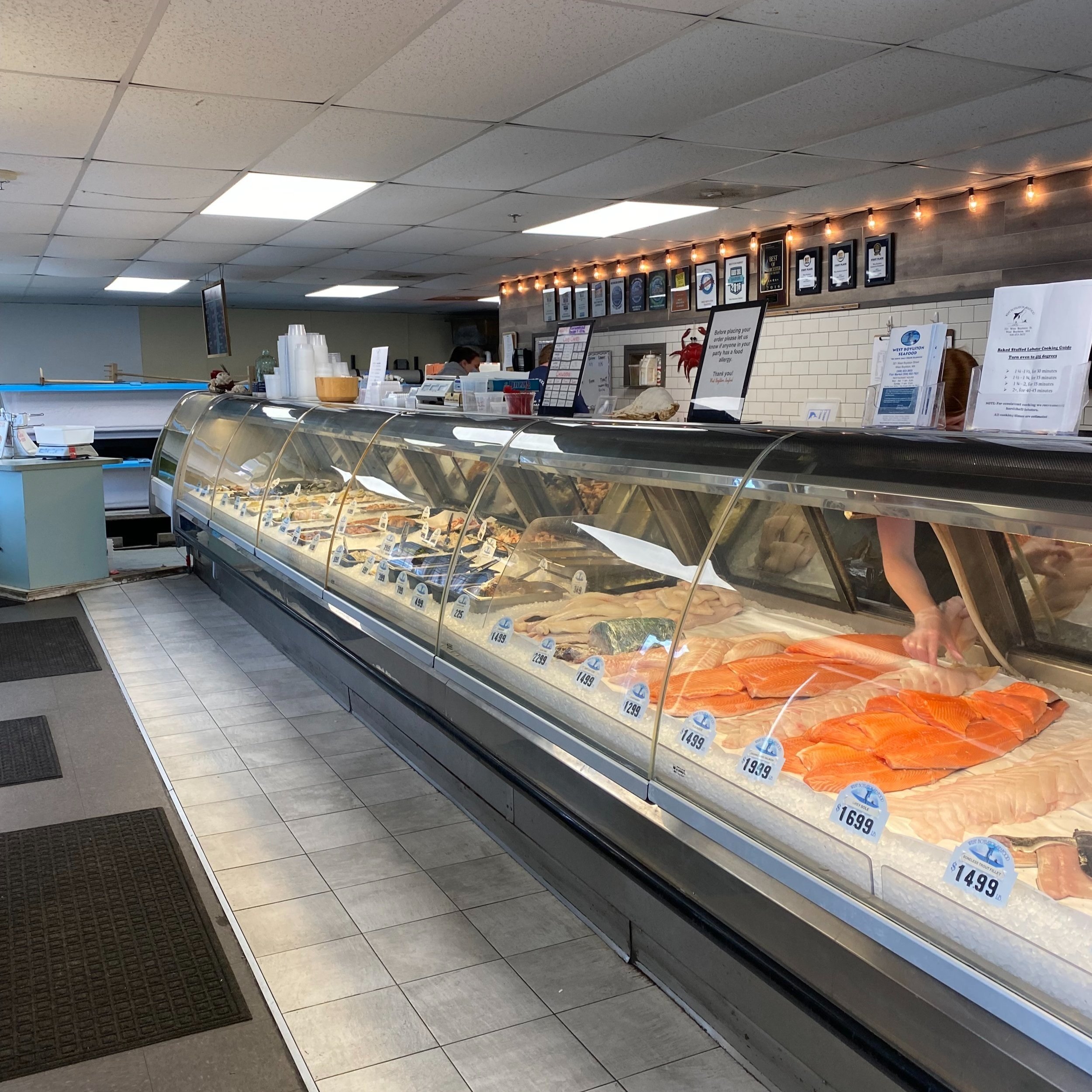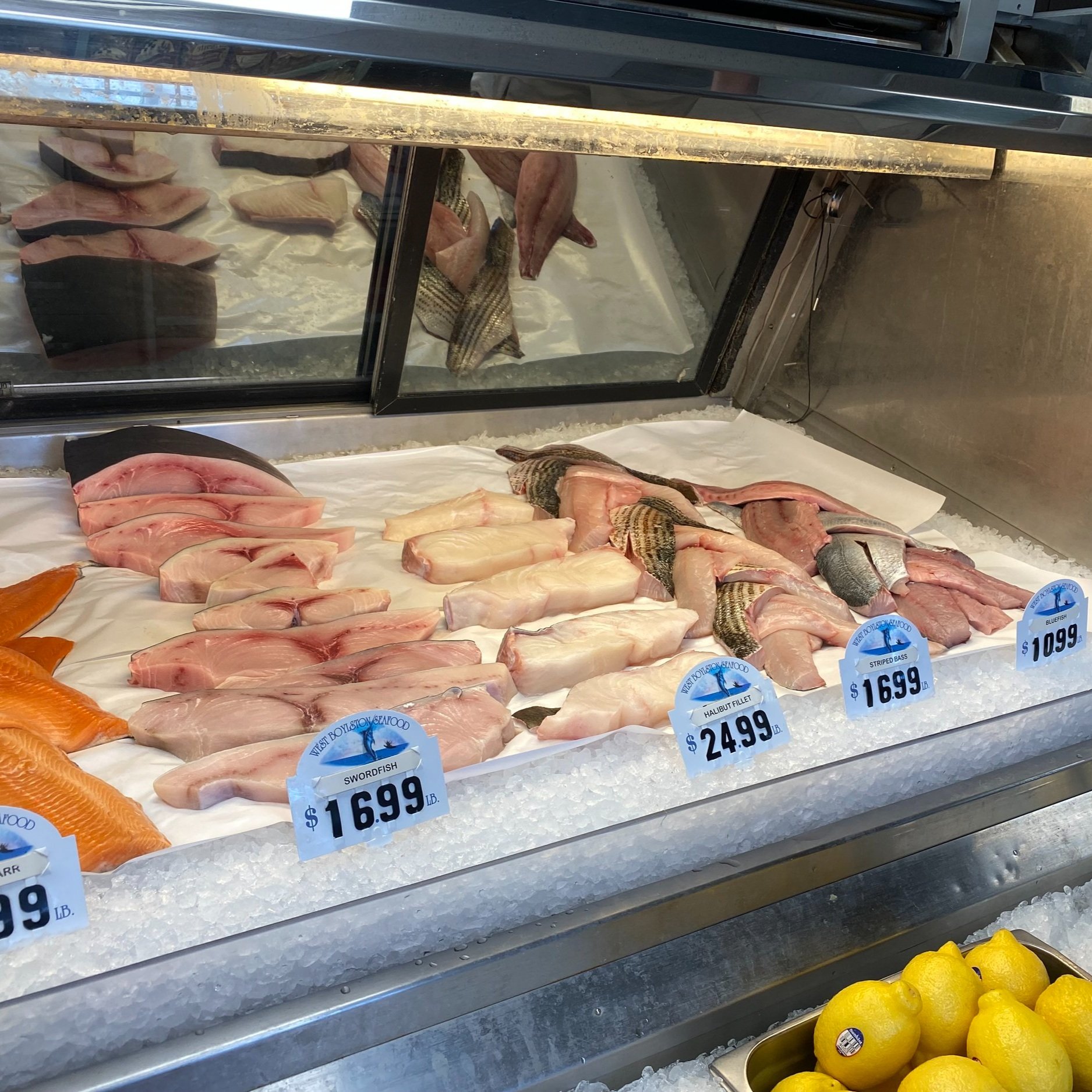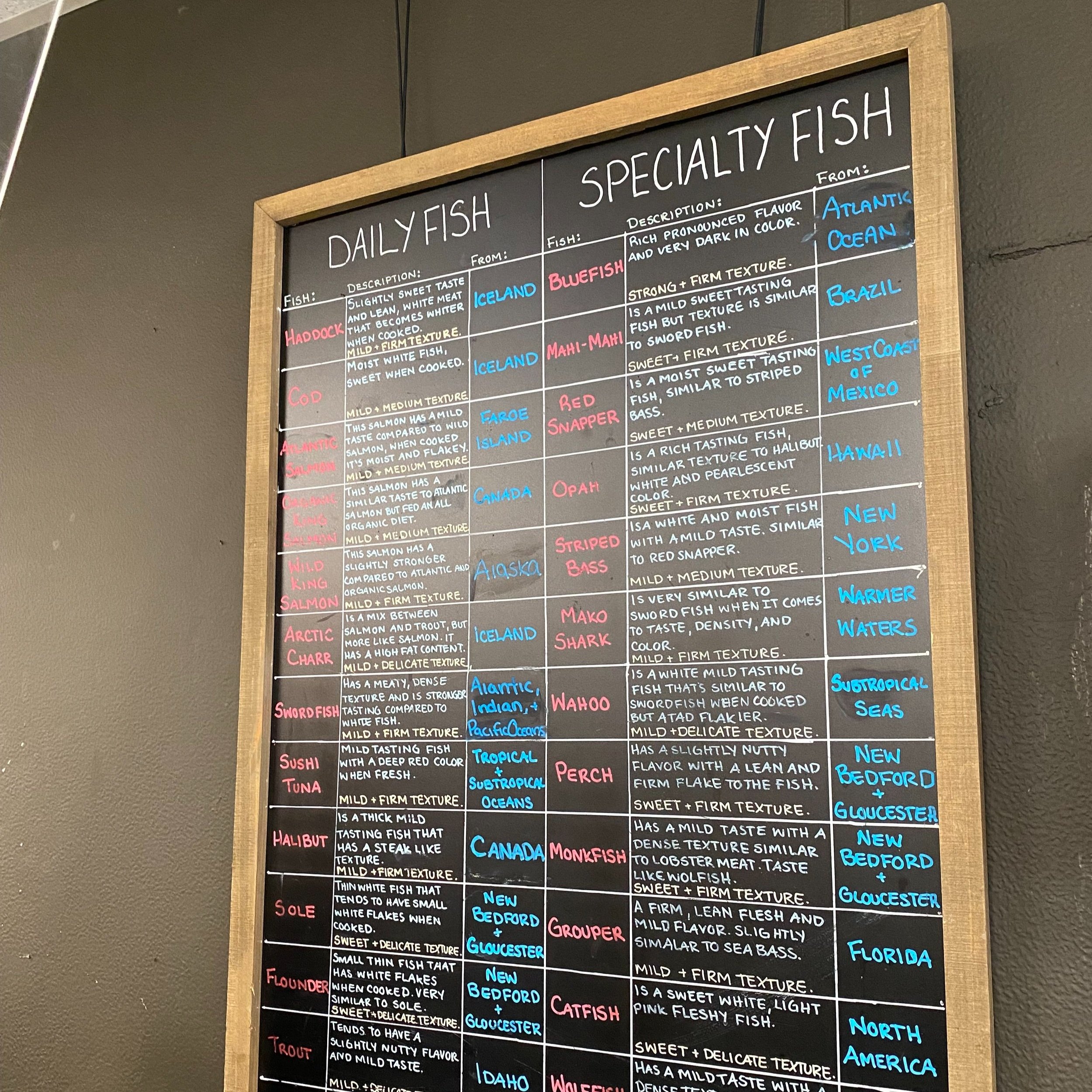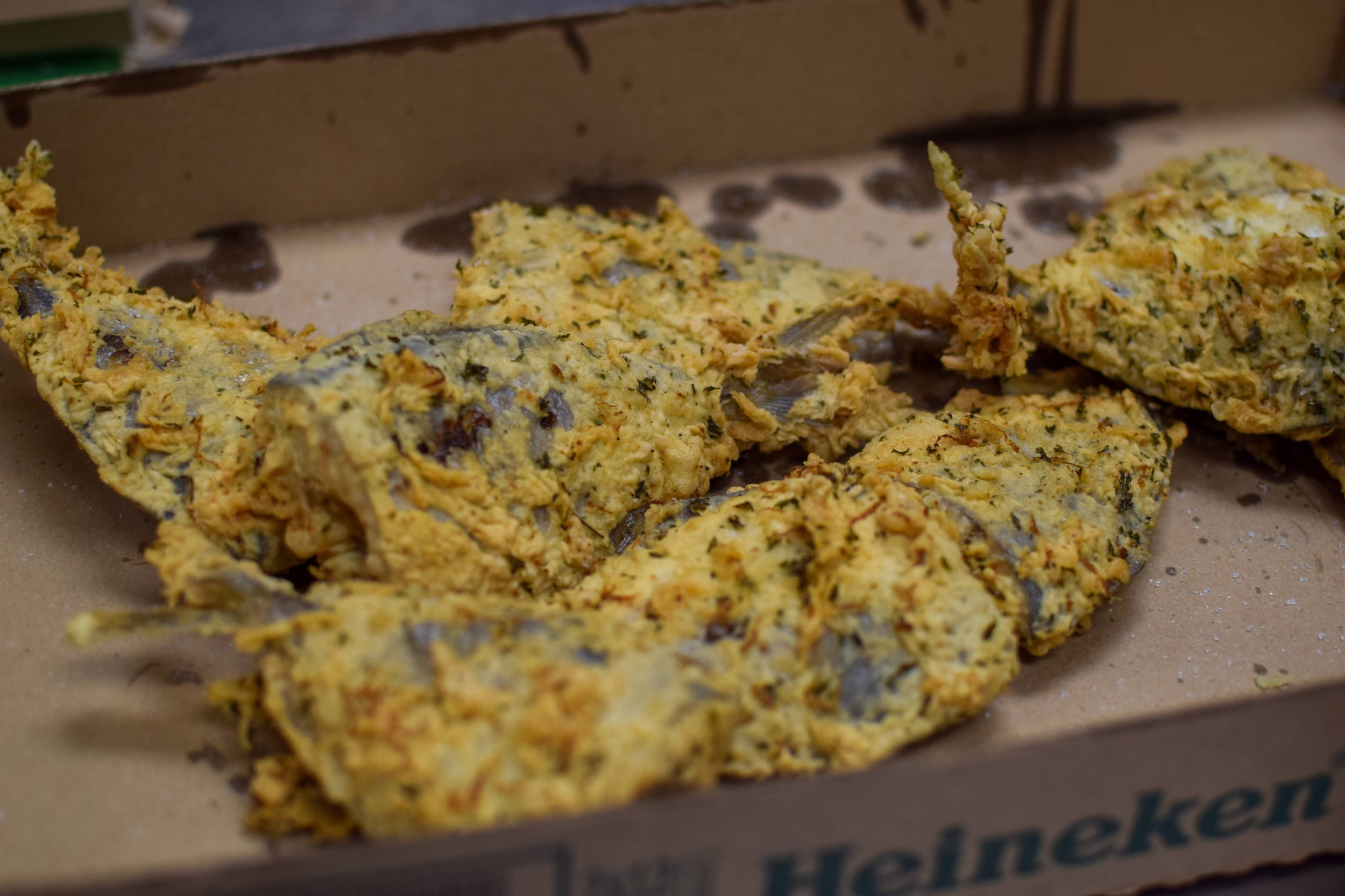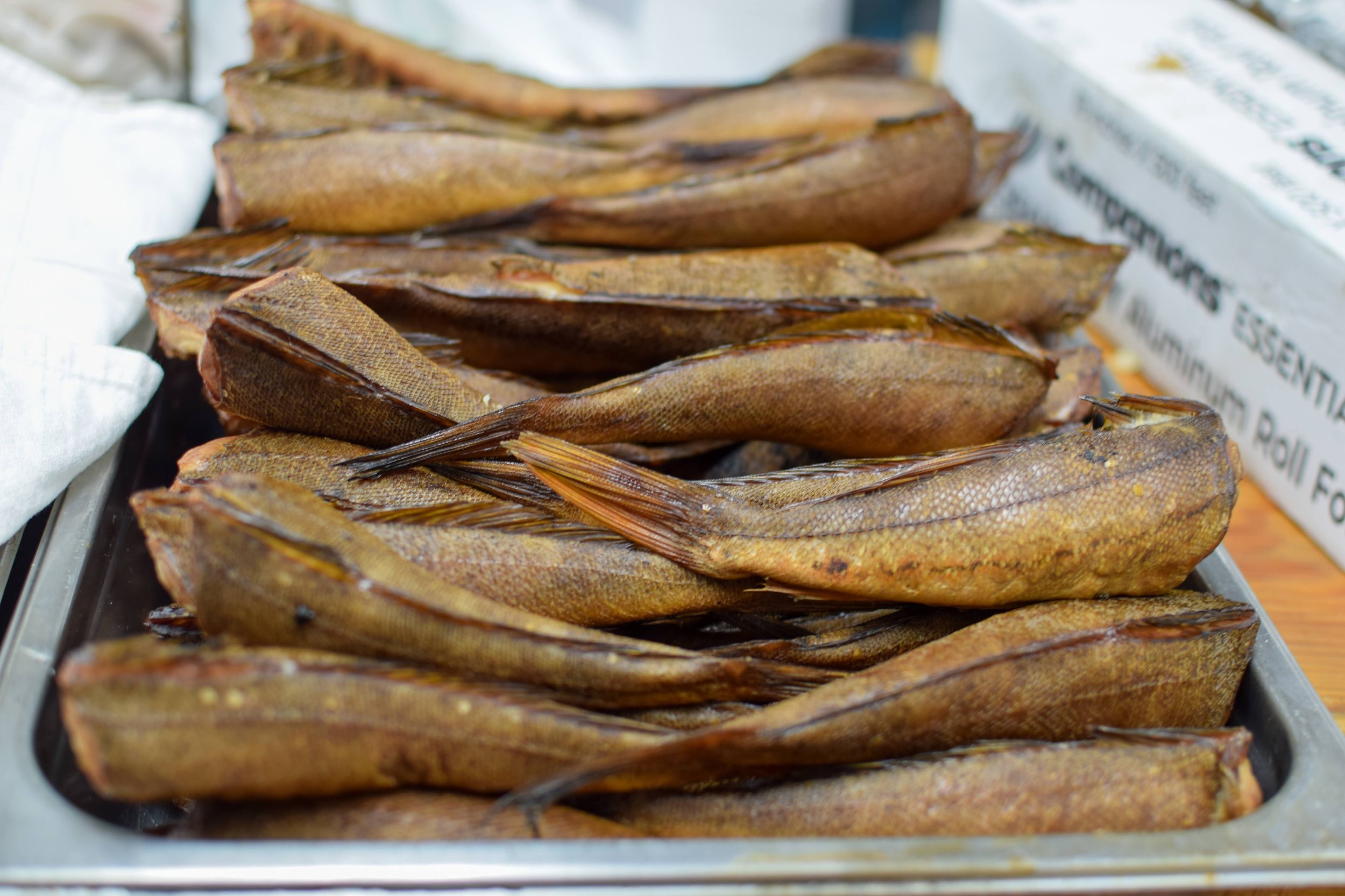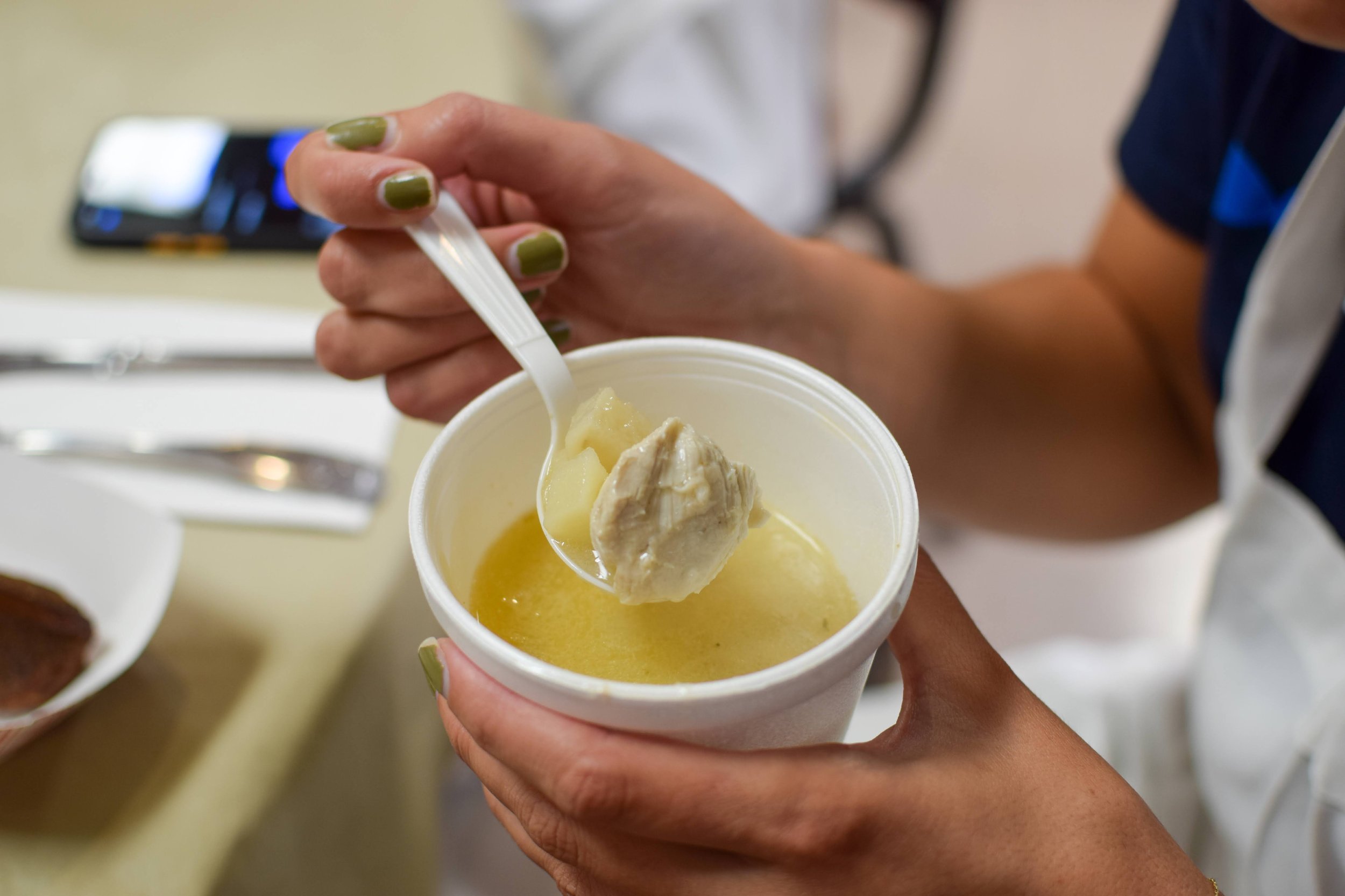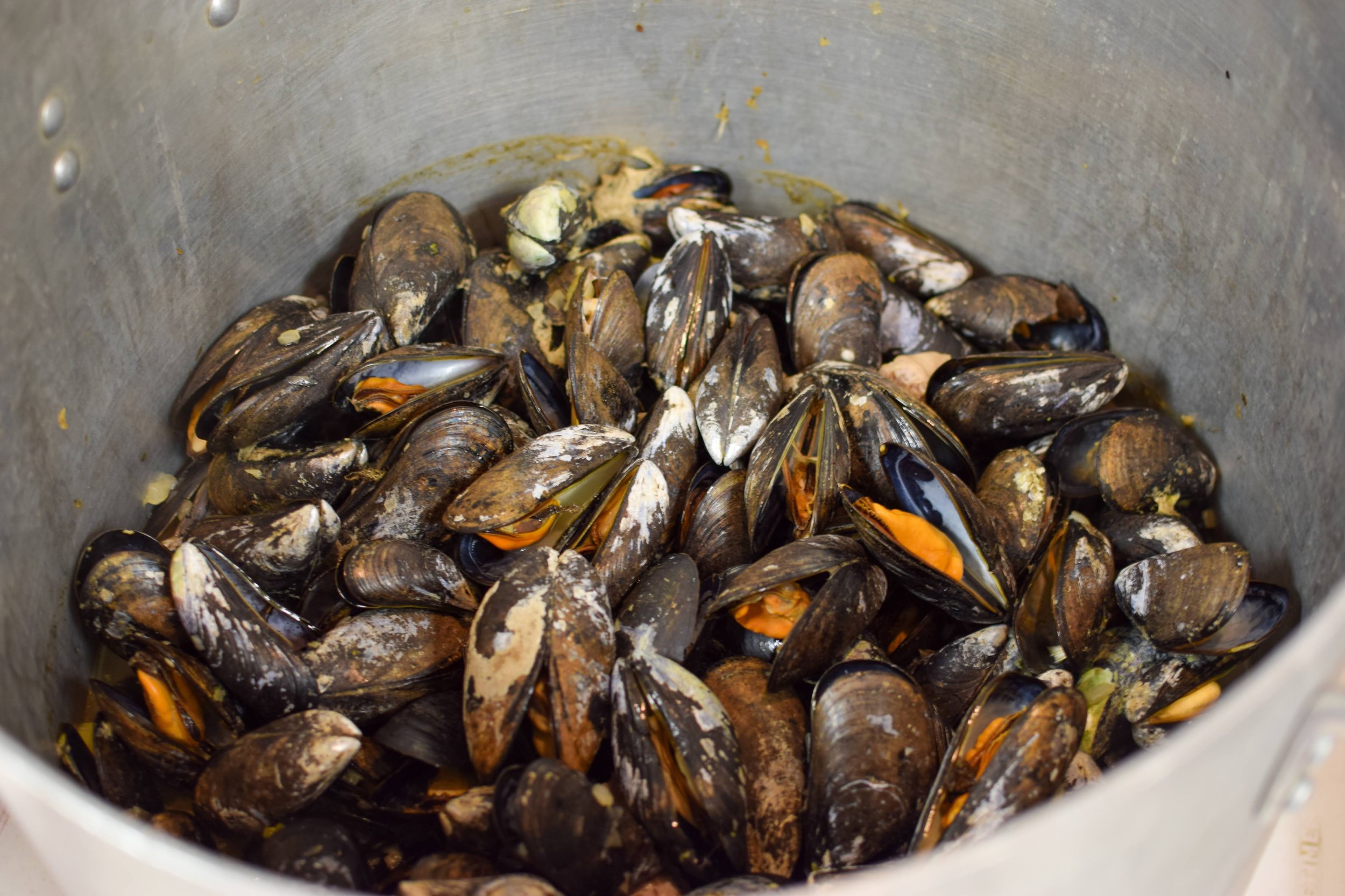Hello! My name is Seryna and I have been the author behind the blog A School of Possibilities: A College Student's Guide to Local Seafood. Over the last year, I have had an amazing experience working at Eating with the Ecosystem and authoring this blog post. This blog allowed me to enhance my creativity, understand the importance of community outreach, and exposed me to an abundance of local seafood that I now incorporate into my daily life! I even have a new favorite local species! My favorite is skate!
In this role, I have been able to share all the amazing things that I have been doing and learning about with the Eating with the Ecosystem Community and beyond. It has been so exciting to know that I have been able to reach so many people to share this great experience!
With that being said, I am currently wrapping up my senior year at the college of the Holy Cross with a major in Environmental Studies. My goals for my future have been heavily influenced by my experience working at Eating with the Ecosystem. My passion for mission-driven work has led me to pursue a career in environmental nonprofit, so I am very excited to announce that starting this summer, I will begin my professional career with the Trustees of Reservations, a Massachusetts-based nonprofit with a mission to protect and restore the natural spaces of the state for all to enjoy. With the Trustees, I will be working as a Development Associate in the Boston office to further enhance my understanding of the nonprofit space and continue my passion for mission-driven work! That being said, however, this will be my last post on this blog.
Although my time with Eating with the Ecosystem and this blog is coming to an end, I am very excited to announce that a new intern will take on the responsibilities of this blog and continue to provide the Eating with the Ecosystem Community the same exciting content. Make sure you stick around for that!
I wanted to thank everyone for keeping up with this blog so far! It has been a great experience that has helped me grow professionally, academically, and personally. I also wanted to thank Kate Masury, our Executive Director, for providing me with this amazing internship opportunity and the mentorship! It has been so great working with a Holy Cross alumnae at such a passionate organization.
Be sure to keep up with the blog posts, as new and exciting content is in the works! Thank you for everything.
-Seryna Warren







